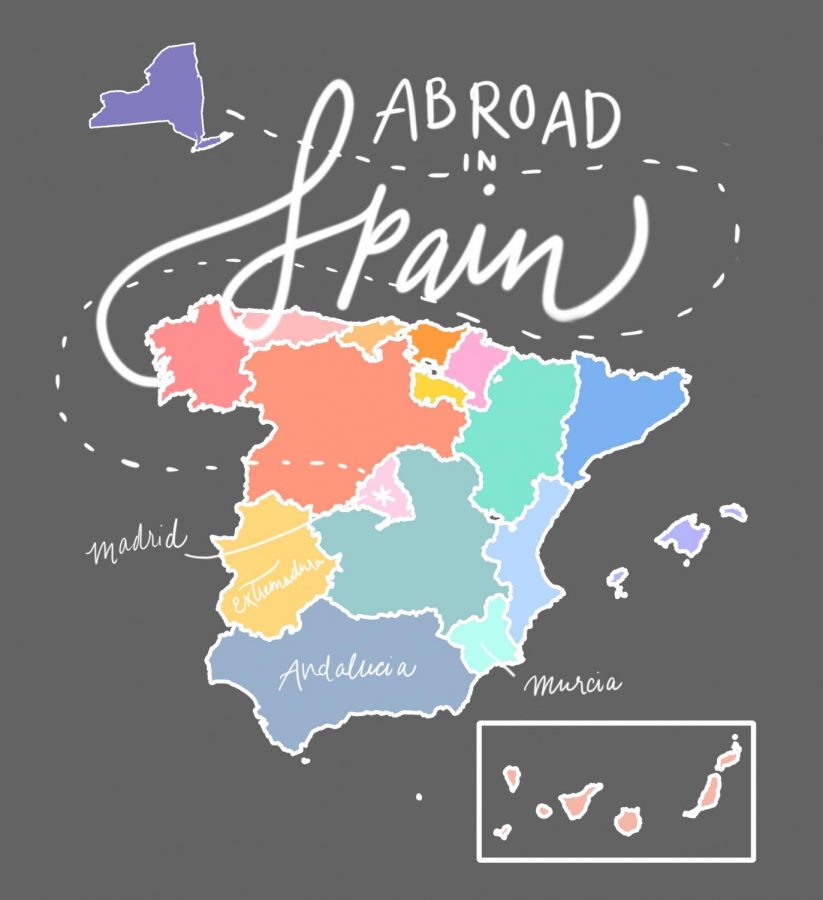Everything You Think You Know About Spain Is Wrong
January 29, 2018
When NYU notified me that I had been accepted to the NYU Madrid study abroad site, my first thought was that I would finally get to see a bullfight. This dream of mine was the manifestation of years worth of vivid tales about Spain and its bull-centric festivals. In my high school Spanish class, we read articles about young matadors clad in colorful trajes de luces and monteros who danced with rearing bulls and toyed with death. Friends and family who visited the Iberian country shared their own stories about watching and participating in corrida de toros — the running of the bulls — in the northern city of Pamplona.
Movies like Spanish director Pedro Almodóvar’s “Hable Con Ella,” which features a female matador who is fatally injured during a bullfight, have perpetuated this portrayal of Spanish culture.
You can imagine my surprise when during our second day of orientation at the NYU Madrid campus, professor Armando Figerao announced that bullfights are decreasing in popularity. Bullfights, Figerao explained, are in no way emblematic of Spanish culture.
This professor was one of many NYU Madrid staff members to introduce the idea that tourists project their own imaginations onto the countries they visit. Like many tourists, I initially adhered to the trend of comparing my own assumptions inspired by films and books to Spain’s actual culture. I fantasized about eating seafood and rice-laden paella, the dish I once believed was a typical Spanish meal, while wandering Madrid’s alleyways. I pictured myself entering a bar on a weekday night to watch flamenco dancers. And I was absolutely sure I would squeeze my way through throngs of people to watch a bullfight.
If I were to rely on my expectations alone, the real Spain would have fallen short of what I had imagined prior to arriving. In Madrid, very few restaurants serve paella. You can only find flamenco shows in the most tourist-populated neighborhoods in Madrid. Despite the number of bullfighting rings in Spain, several communities and cities — among them Galicia, Catalonia and the Canary Islands — have banned the practice.
Although paella, flamenco and bullfights don’t represent the Spain that madrileños — the residents of Madrid — know it, these concepts are still important to the regions from which they originated. Paella, for example, has its roots in the southeastern autonomous community of Valencia. Flamenco music and dance, on the other hand, derive from folkloric traditions in Andalucia, Extremadura and Murcia.
The truth is that Spain is a cultural mosaic of converging and conflicting cultures, comprised of 17 autonomous communities, two autonomous cities and five official languages. Every locality has its own traditions and history.
As I listened to professors lecture about Spain’s complex cultural and linguistic history, I realized that the key to understanding this country was admitting my own ignorance. Everything I knew about Spain was based on stereotypes and a tourist’s bias. I only began to appreciate this Mediterranean nation in its true form when I freed myself from all wrongful expectations.
A version of this article appeared in the Monday, Jan. 29 print edition. Email Sierra Jackson at [email protected].
























































































































































